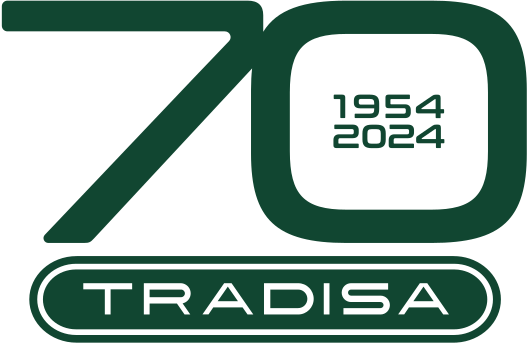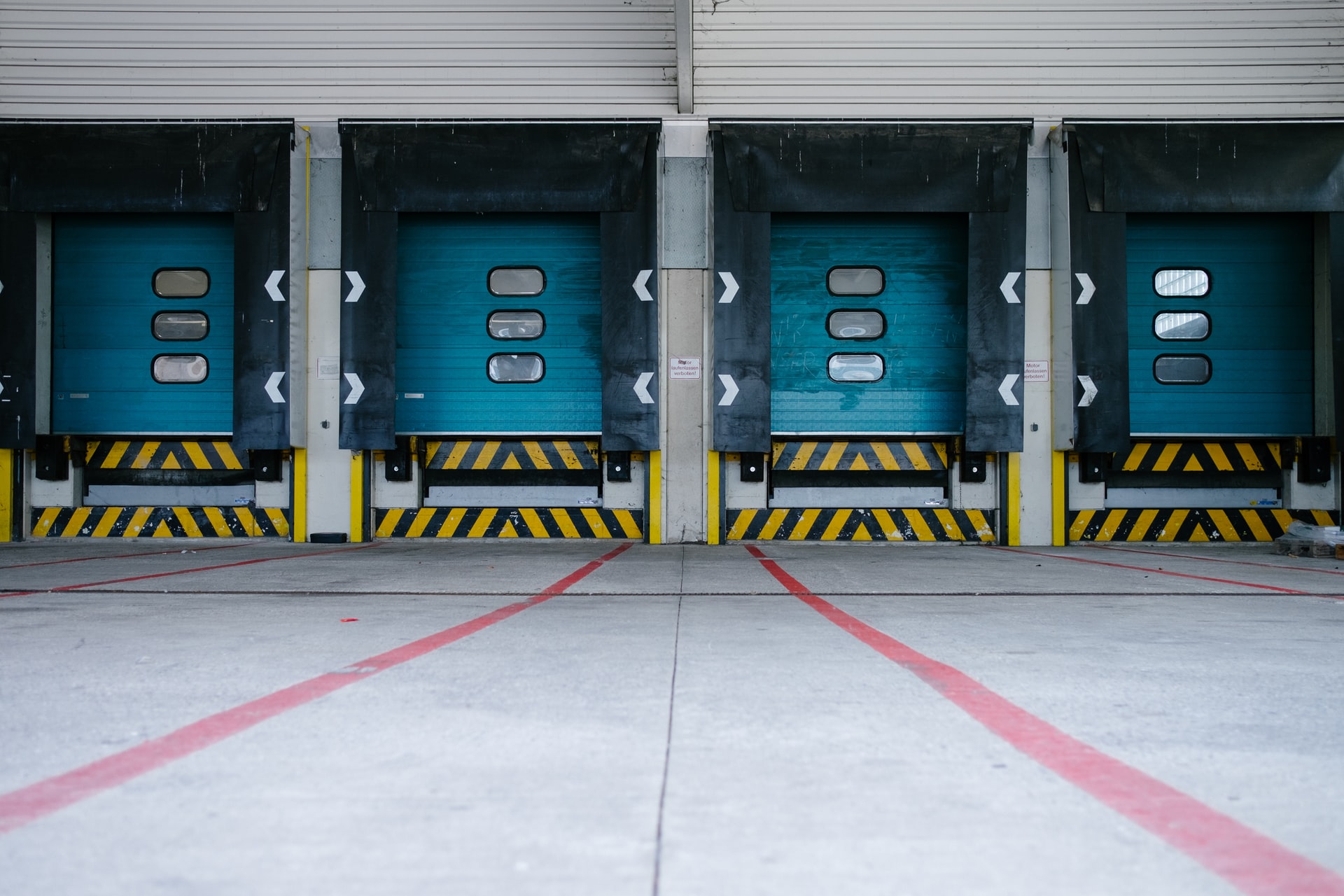We recently talked about logistics centres and their different types in another article on our blog. Today we will discuss another important aspect of the logistics process: the chain. This is part of the whole network that makes it possible to receive, ship and many other movements necessary for the products to arrive in perfect condition at the warehouses and, finally, to the consumer. Today we will explain exactly what it is and how it differs from the supply chain.
What is the logistics chain?
If the logistics centre is the infrastructure in which the necessary steps for the reception, temporary storage and dispatch of materials take place, the logistics chain is the processes that make all of the above possible and are carried out within the stipulated timeframe. It comprises all the stages from the news of receipt until it reaches the consumer.
The rise of technology and its implementation in the field of logistics has greatly accelerated its development. The automation of some processes, such as the intelligent control of robots in the logistics centre, increases the speed of the chain and enables better service to be offered. A missed delivery is a lost customer, so this chain has to function seamlessly. Artificial intelligences, for example, are able to analyse the movements of employees in order to design more practical ways of working.
Importance of the logistics chain
The logistics chain is essential for the correct handling of products and their timely arrival at the customer or on the shop shelves. Good service can significantly improve shoppers’ opinion of the company. It is important to be aware of the data that can be obtained from the service offered: flow of products and goods, optimisation of costs, improvement of transport times… Some quality KPIs analyse data from the moment of the warehouse, so they can also be used to propose improvements. Fundamental is the final part of product delivery, the ‘last mile’. The rise of e-commerce has made this last part of logistics one of the most important, because it is what the customer ‘sees’. The buyer interacts at the final stage of the delivery process.
An appropriate use of technology and a well-planned logistics chain can give amazing results: a proportional distribution of personnel, time control of products, their correct flow, etc. There is always room for improvement, so it is advisable to carry out this type of analysis from time to time in order to be able to detect failures or implement possible improvements in the chain.
Differences between logistics chain and supply chain
Although both chains are closely related, each has its own missions and functions. The logistics chain, as explained above, is related to the product management processes: reception, storage, transport and reception by the customer. It deals with the product already manufactured.
The supply chain, as the name suggests, is responsible for supplying the materials necessary for the product to be manufactured. It facilitates the supply of everything necessary so that the logistics chain can then manage the final goods. It also includes all the movements involved in the search, procurement and transformation of the products. The supply chain has 3 parts:
– Supply (providing the materials to create the product)
– Manufacturing (creating the final product)
– Distribution (this would be the logistics chain)
Professional profiles for each chain
A basic difference between supply and logistics chains is the professionals who work in them. Each one of them is specialised in their respective chain and their functions are different:
– A logistics chain worker is in charge of managing the product from the time it arrives at the logistics centre until it is shipped to the customer. Their position is called logistics manager or manager. They must have some knowledge of technology and the structure of the chain. They make decisions that can affect sustainability and performance.
– A supply chain worker is responsible for sourcing suppliers of the materials needed to manufacture the product. They also oversee manufacturing and distribution. His or her position is called Supply Chain Manager. A person with communication, negotiation and management skills is essential for this position. He or she must be in charge of choosing the best prices offered by suppliers and purchasing what is needed so that products can start to be manufactured. Customer demand must always be met, so you have to control stock quantities at all times.
– The demand for trained personnel for these positions is currently high due to the increase in e-commerce, ICT and international trade. They usually have a multi-skilled profile, as they have to be both strategic and logistically minded at the same time.
Results of a structured logistics chain
As mentioned above, the correct planning of a logistics and supply strategy is key to the correct functioning of both chains. Periodic reviews must be carried out to see if the chain is functioning correctly or if there is room for improvement. Technological advances make it possible to streamline many of the processes in both chains and to generate data that can help them perform better.
Together with technology, industry professionals create the heart of the supply chain. They oversee all the layers that make up the process, from the moment it arrives until it is in the hands of the customer. They pay special attention to detail and ensure that the consumer has a seamless delivery experience.
Tradisa is your one-stop partner for global logistics solutions, ranging from transport and delivery of vehicles to fleet management, remarketing and coordination of mobility initiatives and projects. You can contact us here for any queries you may have, from contracting one of our many services to queries or information.
If you want to know more about logistics or any other subject, you can enter our blog and consult our articles.


